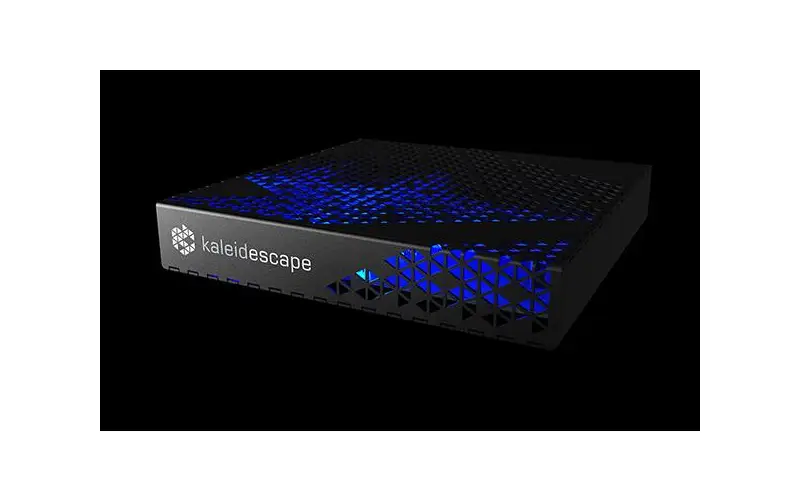By: Dipin Sehdev
The recent implementation of tariffs by the Trump administration has sent ripples through the global supply chain, with significant consequences for the prices of consumer electronics. From televisions and speakers to headphones and home theater systems, consumers are facing the prospect of higher costs, driven by a confluence of factors stemming from these trade measures.
Understanding the Supply Chain Impact
The electronics industry operates within a complex, interconnected global supply chain. Components and finished goods often cross multiple borders before reaching consumers. The newly imposed tariffs are creating friction at various stages of this process, leading to increased costs that are ultimately passed on to the consumer. Here's a breakdown of the key areas of impact:
- Increased Cost of Raw Materials:
- Many electronic devices rely on raw materials sourced from various countries. Tariffs on these materials, such as certain metals and plastics, directly increase the cost of production.
- For instance, components that are made from rare earth minerals, that are often sourced from China, will have a higher cost associated with them.
- Elevated Prices of Finished Goods:
- A significant portion of consumer electronics is manufactured or assembled in countries subject to the new tariffs. This includes televisions, audio equipment, and various other devices.
- As tariffs are imposed on these finished goods, importers face higher costs, leading to price increases for retailers and consumers.
- Rising Transportation Costs:
- The global transportation of goods is heavily reliant on oil. Any increase in oil prices, which can be influenced by trade tensions and related economic factors, translates to higher shipping costs.
- This adds another layer of expense to the supply chain, further contributing to the overall price increases.
Impact on Specific Product Categories
Here's a closer look at how these tariffs are affecting specific product categories:
- Televisions:
- The television market is highly competitive, with manufacturers operating globally. Tariffs on imported television components and finished sets are pushing prices upward.
- LCD panels, and other components, that are manufactured outside of the United States, will be subject to the tarrifs.
- Speakers and Headphones:
- The audio equipment industry relies on a global network of component suppliers and manufacturers. Tariffs are increasing the cost of speakers, headphones, and other audio gear.
- Many of the components that make up speakers and headphones, are manufactured in China, and other countries that are being effected by the new tarrifs.
- Home Theater and 2-Channel Audio Gear:
- Amplifiers, receivers, and other home theater components are also subject to the effects of the tariffs. This will raise the cost of setting up home entertainment systems.
- Because home theater systems contain many different components, the tarrifs are affecting the cost of the raw materials, the components, and the finished product.
- The Semiconductor Factor:
- Semiconductors are the brains of modern electronics. Tariffs impacting semiconductor manufacturing and trade could have far-reaching consequences, affecting everything from smartphones and computers to cars and appliances.
- The price of products that use semiconductors will increase. This includes, computers, smartphones, cars, and home appliances.
Economic Implications and Consumer Impact
The imposition of tariffs can have broader economic implications, including:
- Inflationary Pressures:
- Increased prices for consumer electronics can contribute to overall inflationary pressures, affecting the cost of living.
- Reduced Consumer Spending:
- Higher prices can lead to reduced consumer spending, potentially impacting economic growth.
- Supply Chain Disruptions:
- Tariffs can disrupt established supply chains, leading to delays and shortages.
For consumers, this translates to:
- Higher prices for the electronics they want and need.
- Potential delays in the availability of certain products.
- A need to adjust budgets to accommodate increased costs.
Navigating the Changing Landscape
In this evolving economic landscape, consumers and businesses alike must adapt.
- Consumers may need to be more price-conscious and consider alternative purchasing options.
- Businesses may need to explore alternative sourcing strategies and optimize their supply chains to mitigate the impact of tariffs.
The effects of these tariffs are still unfolding, and their long-term impact on the electronics industry remains to be seen. However, it is clear that they are reshaping the market and influencing consumer prices.
Given the multi-faceted impact of the newly implemented tariffs on raw materials, finished goods, and transportation costs within the intricate global supply chain of the electronics industry, a significant increase in consumer prices is a likely outcome. Experts predict that consumers can expect to see the price of televisions, speakers, headphones, home theater systems, and other 2-channel audio gear to rise anywhere from 10% to 25% or potentially even more in the near future.
This price surge is a direct consequence of the tariffs acting as a cascading tax throughout the production and distribution process. As manufacturers absorb higher costs for imported components and finished goods, and as transportation becomes more expensive due to potential increases in oil prices linked to trade tensions, these added expenses will inevitably be passed down to retailers and, ultimately, to consumers at the point of sale.
The exact magnitude of the price increase will vary depending on several factors, including the specific product category, the degree to which manufacturers can absorb some of the added costs, and the pricing strategies of retailers. However, the general trend points towards a noticeable uptick in the cost of consumer electronics, potentially impacting consumer purchasing power and overall market demand within this sector. Consumers who were planning to purchase new electronics may find themselves facing higher price tags than anticipated, potentially leading to delayed purchases or a reconsideration of their buying decisions.





